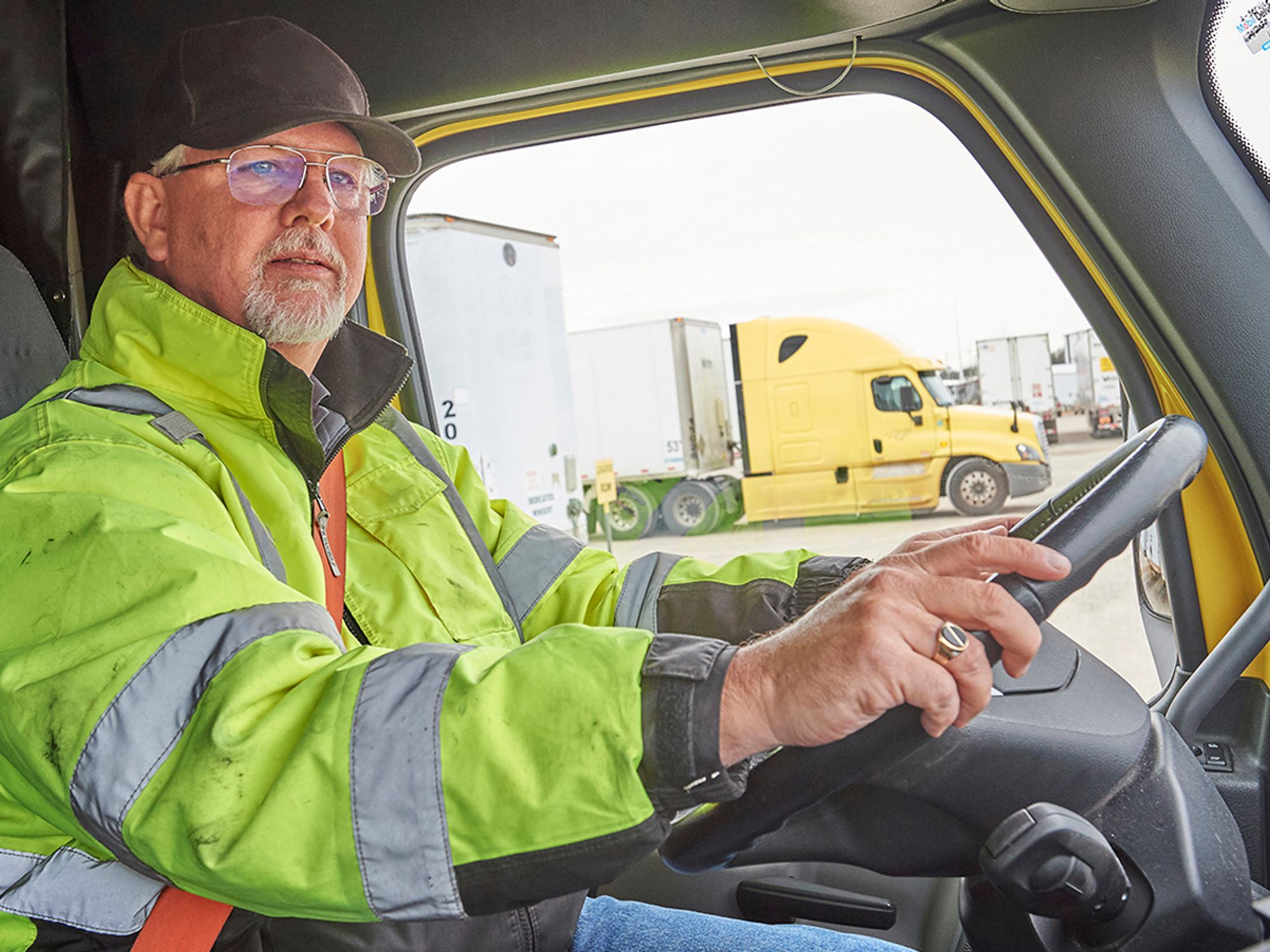InstituteOverview (Level 1)Commercial drivers license CDLFleet SafetyTransportationFocus AreaEnglishAnalysisCommercial drivers license CDLUSA
Commercial driver’s license
['Commercial drivers license CDL']

One of the primary qualifications to operate a commercial motor vehicle (CMV) in interstate, intrastate, or foreign commerce is that the driver has a current and valid CMV operator’s license issued by the driver’s state of residence.
The Federal Motor Carrier Safety Administration (FMCSA) sets standards for some of these licenses, specifically those for heavier single-unit or combination vehicles, buses transporting 16 or more passengers (including the driver), and vehicles transporting hazardous materials. These vehicles pose a higher safety risk and require a commercial driver’s license (CDL) or, for drivers first learning to drive these larger vehicles, a commercial learner’s permit (CLP).
